‘Nepal, India, Pakistan, Bangladesh and Afghanistan have already lost a golden opportunity to contain the COVID-19 with no or minimal damage’

Research Associate at the Department of Epidemiology, Johns Hopkins Bloomberg School of Public Health, USA, DR. DINESH NEUPANE obtained his PhD from Aarhus University, Denmark. After completing his PhD, he worked as a Post-Doctoral Fellow at the Duke Kunshan University in China. He was awarded the “Health Research Outstanding Award” from Nepal Health Research Council in 2018 and “Hans-Ibsen’s Hypertensionspris” from the Danish Society of Hypertension in 2017. A member of Lancet Commission on Hypertension group, he has published over 100 scientific articles in international peer-reviewed journals in the last 5 years. He spoke to BHAGIRATH YOGI and JAGAN KARKI on the South Asian governments’ response to combat the Covid-19, hits and misses. Exceprts of the interview:

How do you see the current trend of infection of Covid-19 in Nepal?
Nepal was one of the countries to impose early lockdown. If contact tracing, quarantine, and isolation became very effective, it might be in a position to be a role model country for controlling the COVID-19 pandemic. Unfortunately, Nepal missed that golden opportunity. The poor management in the border has fueled the spread of COVID-19 in all districts of Nepal in a short period. The recent easing down of lockdown without proper preparation, people gatherings in the name of different demonstrations has further deteriorated the situation. As PCR testing is not widely available, the positive cases reported by the government is likely to underestimate the actual cases. The United States, which has many folds higher capacity than Nepal, is estimating that the true number of positive cases is likely to be 10 times higher than the confirmed total. Thus, analyzing the current trend just based on the available data may give a wrong conclusion. Based on the global damage it is making, Nepal has to act urgently and seriously to minimize the possible disaster as much as possible.
Do you see any evidence that the infection has now spread at the community level in Nepal?
I do not think the question is relevant anymore. There are many cases whose sources could not be traced even within Kathmandu valley. As the testing strategy is mainly for those with travel history, only people in the quarantine are getting high priority for the testing. Due to this, we often see positive cases from those who came mainly from India and abroad. If we do better contact tracing and can made testing widely available, we can see the evidences of community transmission.
When do you think the infection might peak? Will it be in September-October 2020 as some people are predicting?
Unfortunately, modeling exercises are not doing a great job for predicting COVID-19 cases. Modelers often use several assumptions which may or may not be true in real life. It is also difficult to know the exact number of positive cases of COVID-19 because the majority only have mild or asymptomatic conditions and may be infected without knowing it. Unless we have vaccine or medicine or the virus itself becomes inactive, COVID-19 will continue to spread. Hypothetically, if we do not adopt any social distancing approach, the peak will decline only after infecting 50% of the total population, assuming nobody is immune without having an infection and everybody will acquire lifelong immunity after the infection. In real life, we practice several social distancing practices including handwashing, wearing a mask, keeping distance with others. That is why we can see a peak before 50% of the total population infected. Many countries are now successfully flattening the curve before the large population of the country was infected. However, we do not know how long they can sustain it and there is always a risk of multiple waves.
In the context of Nepal, if we want to see the peak before October, we need to be super serious. So far, only about 0.04% of the Nepali population is identified with COVID-19. Just increasing the percentage of the infected population to 0.5%, there will be about 130,000 COVID-19 cases. Both of these percentages are far less than what we are observing in other parts of the world. For example, the USA already has over 2.5 million positive cases and it does not seem that they reached a peak yet. If we just apply the simple math from 320 million population of the USA to 30 million population of Nepal, we may pass 200,000 easily. Assuming Nepal also missed similar folds of confirmed cases, the number goes up to 2 million COVID-19 cases. Having said that, if we can contain the spread only among 0.5% of the population, we may see the peak when the cumulative cases reach about 65,000. Based on the current trend, this may happen even before October. Containing COVID-19 only among 0.5% population may not be realistic by seeing the current progress.
How would you assess Nepal’s efforts to contain the Covid-19 so far?
As COVID-19 is a new disease, we still do not know a lot about it. Every day we are learning new things. It is not easy to contain the new diseases which have a highly contagious nature, without medicine and vaccine. The only effective strategy is to try our best not to spread it from an infected person to a healthy person. Early lockdown, the establishment of quarantine places in the municipalities, canceling international flights, tightening up the open border with India, improving the PCR testing system, supplying personal protective equipment to the health care workers are some of the good initiatives taken by the government. The first quarantine facility established in Kharipati to bring Nepali citizens from Wuhan was managed so well. Unfortunately, this could not replicate while establishing other quarantine facilities. The buy time from over two months of lockdown has not been utilized properly to improve our contact tracing, quarantine, isolation, and testing. The government strategy for not allowing own citizen to enter in Nepal from the open border in the South was not implemented properly. As a result, the government decided to open the border with very minimal preparation. The municipalities are given the responsibilities to maintain the quarantine without proper technical support. Many rural municipalities in Nepal only have health posts and they do not have a capacity to manage quarantine facilities.
With limited resources and poor public health infrastructure, what do you think a country like Nepal needs to do on a priority basis to contain the spread of the Novel Corona Virus?
Nepal has remarkably improved maternal and child health over the last 20 years with limited resources. The country also has very good progress for controlling, eliminating, and eradicating other infectious diseases such as TB, Leprosy, and Polio, respectively. While the nature of this disease is completely different than other health problems, there is still an opportunity to minimize the possible damage. We do not have time and we should act very fast.
Countries can handle such type of diseases in a better way when the cases are in low numbers. As the number goes up, the resources needed to contain for it has to be increased dramatically. Our capacity to provide critical care for a severely affected patient is very limited and it cannot be improved in a short period. We have limited health manpower and ventilators which can be handy for critical patients. Thus, the primary focus should be on the public health approach for reducing the rate of spread. This can be done by breaking the chain of transmission between healthy and infected people. Contact tracing of positive cases, quarantine of those who are in contact with positive cases, isolating positive cases, and testing the high-risk population has to be implemented robustly. While we have some challenges to adopt these approaches in our context, this is not rocket science which can only be afforded by high-income countries.
With Covid-19 infections on the rise in India, how could Nepal limit the spread of infection as thousands of Nepalese continue to return home from India?
Nepal was doing very well for preventing COVID-19 for a few months. This seems to be an effect of lockdown and strict control in its border. As the government fails to completely shut down the border with India, the opening without proper planning seems to be the major factor for spreading COVID-19 in all 77 districts. If we were able to quarantine all of those who are entering Nepal at the border, the rate of spread could be far less than what we have seen now. Unfortunately, that did not happen and people are now forced to travel to their village on crowded buses and microbuses often paying by their own money. Although few municipalities are doing excellent work with limited resources, most of the municipalities do not have even the basic standard of quarantine facility. As a result, we are now seeing many new cases transmitted within the quarantine facilities. As long as we do not properly manage people coming from abroad, we will still see many imported cases mainly from India. However, the major spreader in the coming days will be infected people who are already in the country. Although it is a bit late, we need to improve the holding centers and quarantine facilities in the border before sending them to their local municipalities. The quarantine facilities in the village need to improve in terms of both quality and quantity. The transportation from the border to the municipalities need to be better organized. The current contact tracing capacity has to be improved. In addition to this, community support and individual cooperation is vital to fight against COVID-19. Thus, awareness has to be created among the families of migrant population regarding the fact about COVID-19 and possible preventive measures.
How do you see the scenario of Covid-19 in South Asia in general? Which countries are doing comparatively better? What are the lessons learned?
We are still at the beginning of the COVID-19 pandemic. South Asian countries are still struggling to increase their PCR testing capacity. They all have a limited capacity for handling severe cases of COVID-19. If we made any conclusion based on the currently available data, we may be wrong because nothing has been tested and proved so far for a low number of severity and deaths in South Asia. Compared to other countries, so far Bhutan, Sri Lanka, and the Maldives are doing good. Even a few states in India like Kerala and Sikkim have so far reported a few COVID-19 cases. As the cases in India are surging exponentially, we do not know how long these states can sustain their success. Due to its high population density compared to its neighbors, Bangladesh is even at high risk. They are having more challenges to maintain social distancing and other public health measures.
Countries that are performing well in COVID-19 already have a better public health system compared to others. For example, the public health care spending per capita in the Maldives is 930 USD whereas Nepal only spends 65 USD. Unfortunately, Nepal, India, Pakistan, and Afghanistan have already lost a golden opportunity to contain the COVID-19 with no or minimal damage. Now there is a high risk that many places in South Asia may become a hot spot for COVID-19.
How do you see the possibility of the second wave of the Covid-19 spreading around the world, especially in Western countries? Should South Asia be concerned?
The first wave of COVID-19 is not over yet even in many Western countries. The USA just reported the highest number of cases on June 26. Without a vaccine or medicine or the virus does not fade way itself, there is always a risk of multiple waves. As long as the virus is not completely eradicated or whole population doesn’t develop the immunity against it, all countries including South Asians are at risk of multiple waves.






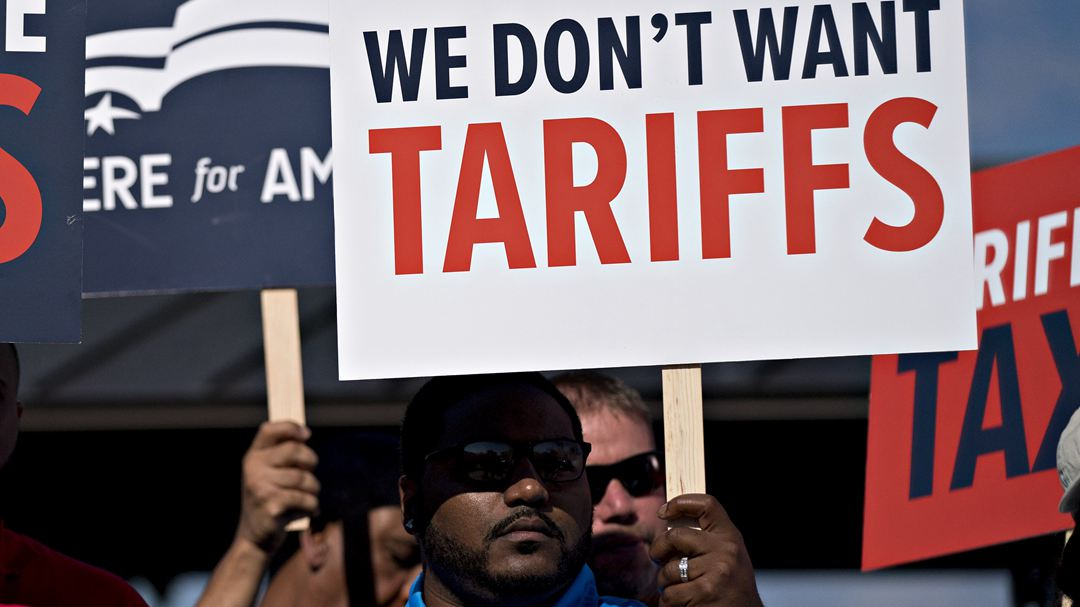
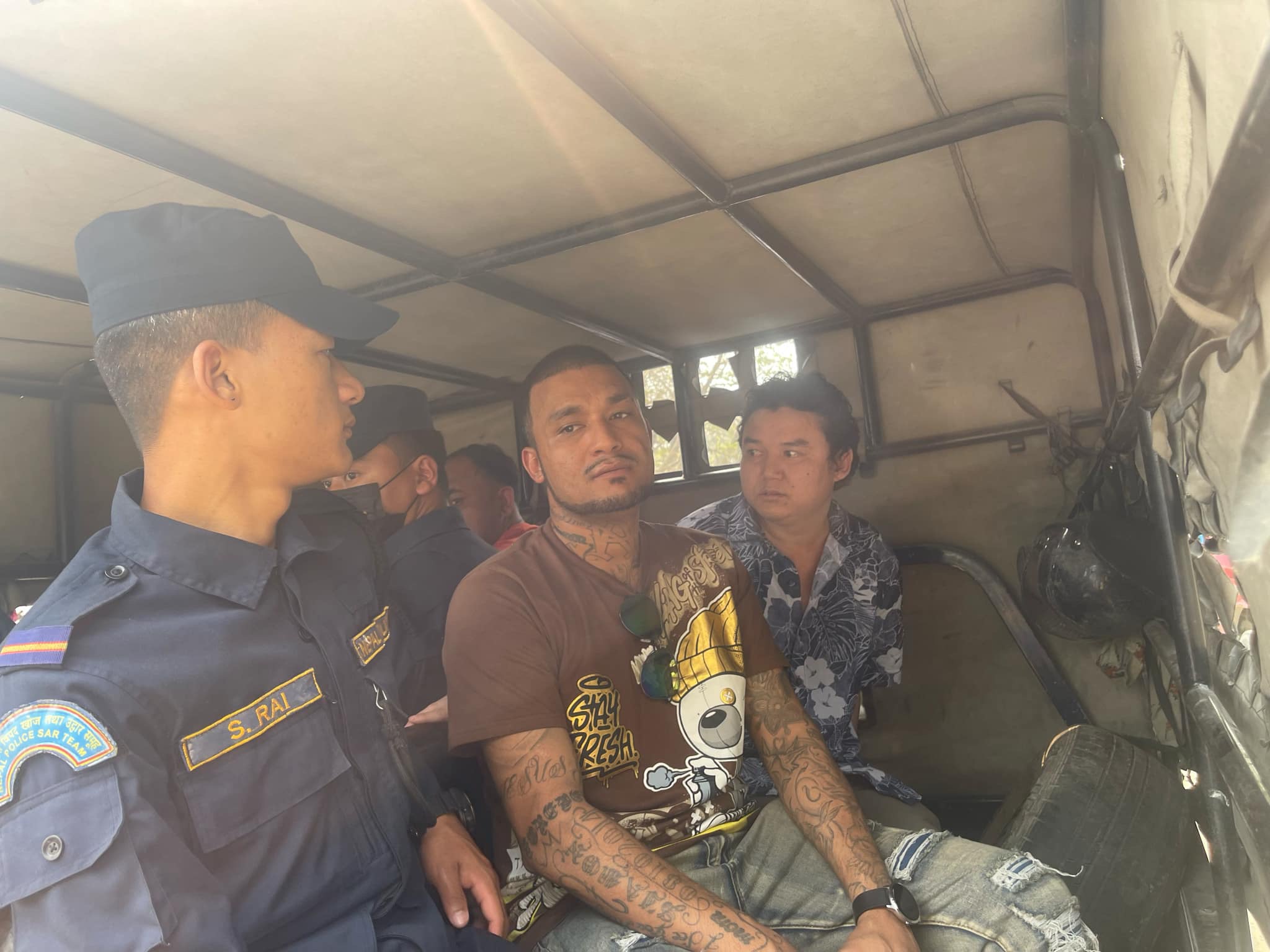
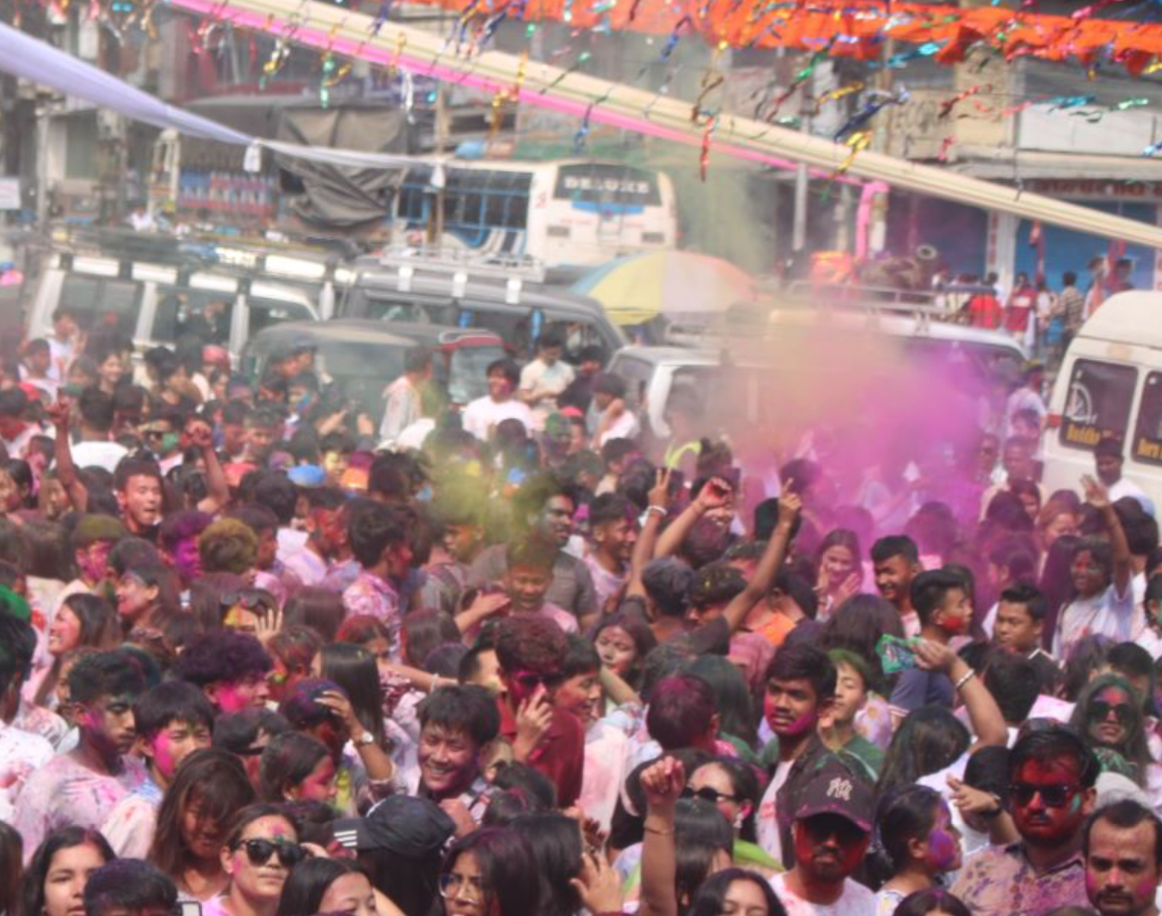

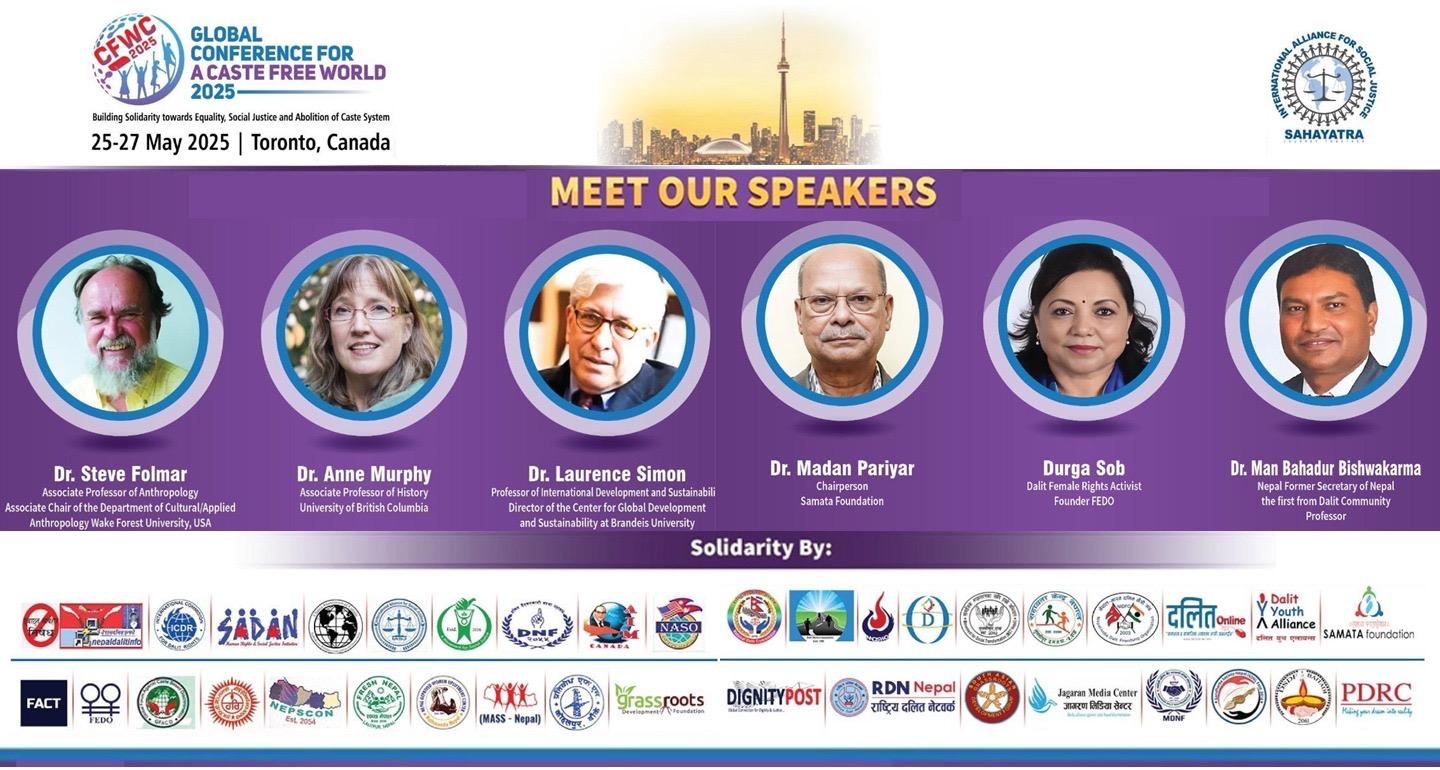

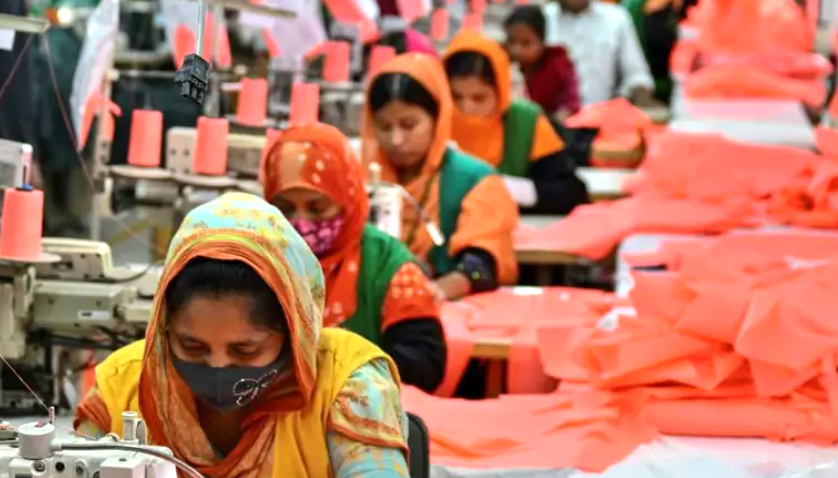



Facebook Comments